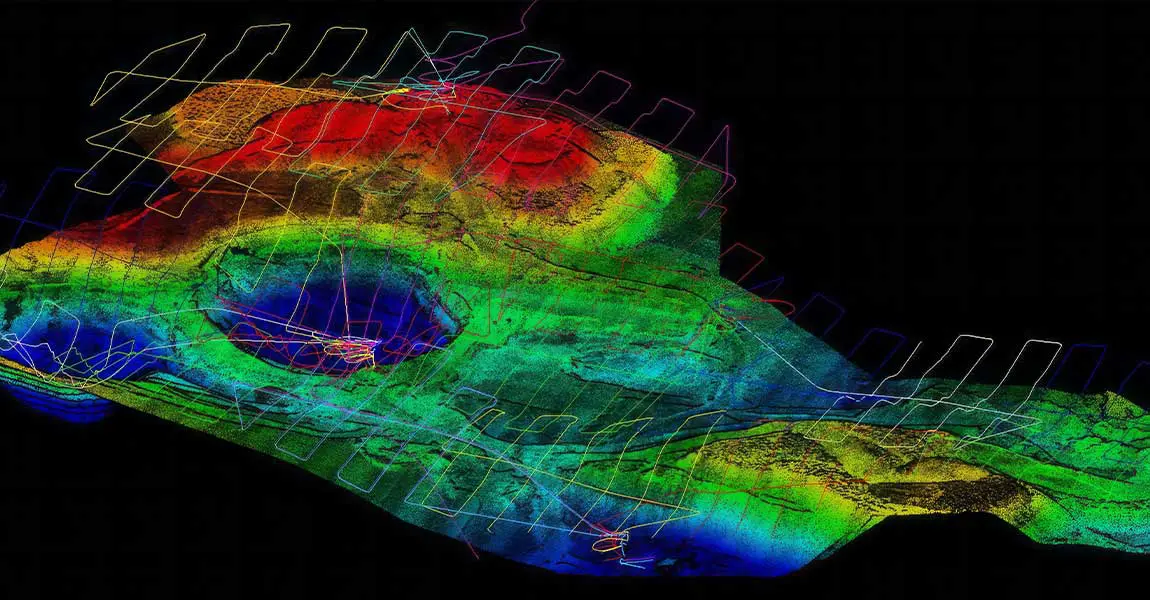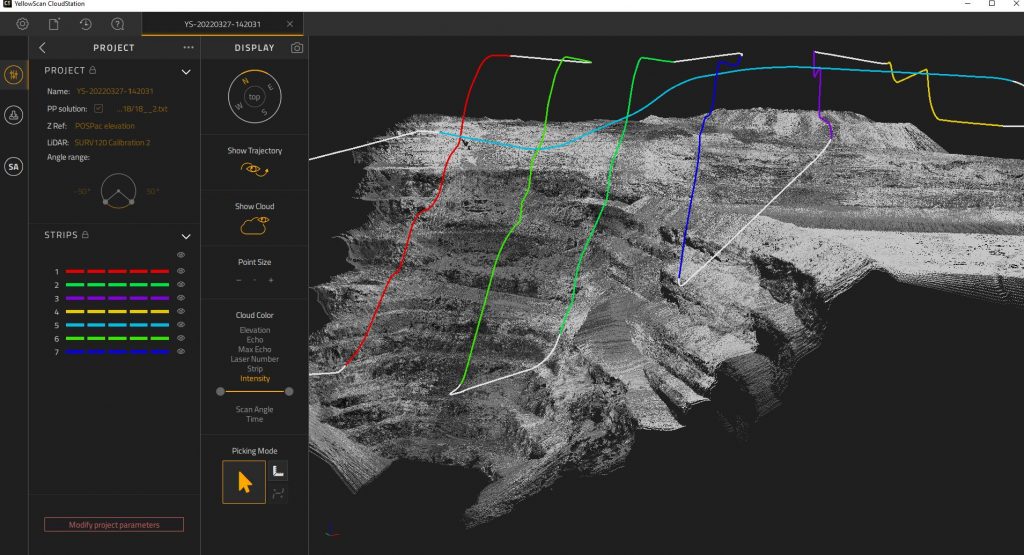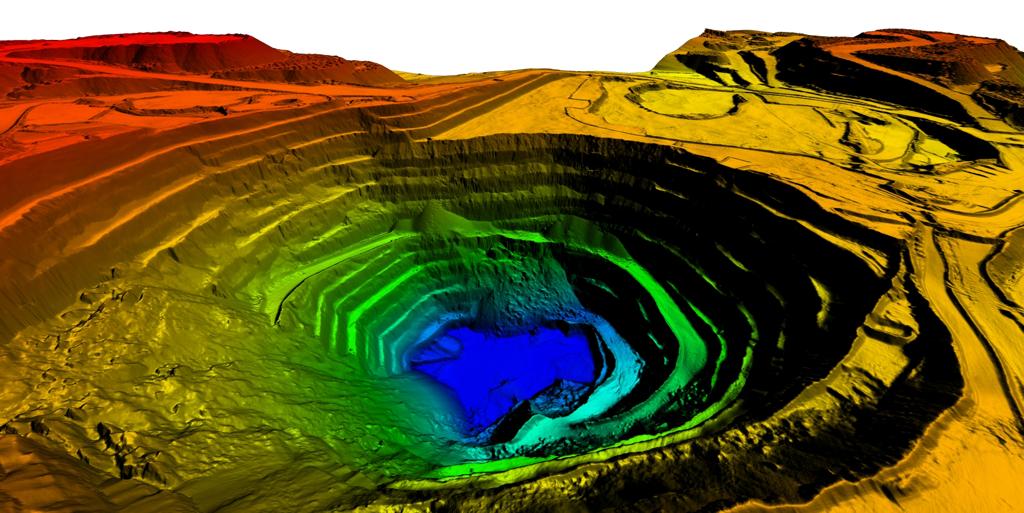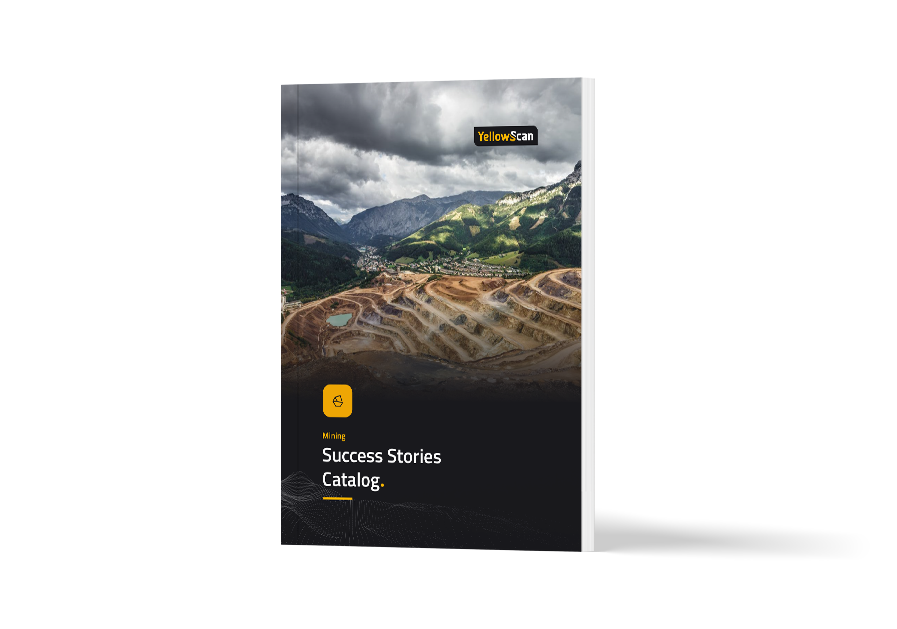Discover Mine Reactivation with LiDAR Data – YellowScan

Challenge
The project came about because an engineering company sought high quality topographical data to reassess how they were going to resume mine operations. This involved tasks such as creating new roads, avoiding collapse-prone areas, and creating protection meshes, etc.
The culmination of these efforts resulted in the development of a master plan to reactivate the mine site. The requirements were to carry out a survey over 1000 hectares in northern Chile at 5000m altitude.
Solution
Our Chilean distributor, SCS Equipos, was chosen for this project thanks to their expertise in Layer Control.
With five years of prior experience, the SCS Equipos team embarked on a mission to capture a new high-quality photograph aimed at revitalizing the mine. However, the project posed challenges, as there were areas with many collapses and difficult access, making it a highly advanced undertaking.
They were involved in this project using photogrammetry. Utilizing a Phantom 4 RTK, the team created a low-quality Digital Elevation Model (DEM) and they also used The YellowScan Surveyor LiDAR system which played a crucial role in meeting the client’s needs. The project received praises from the company involved, stating it was the best topography they had ever received, particularly given the extreme conditions of this type of survey.

Data extraction in YellowScan CloudStation. Note: A new version of CloudStation has been released since the completion of this project, featuring multiflight processing capabilities.
Mission parameters
- Survey size: Between 1000ha to 1100ha
- Duration: the acquisition phase took approximately two weeks (84 flights total). Processing time took 2 days.
- Number of flights: 50 (lasting 7 to 8 minutes each)
- Flight speed and altitude: 7/s at 50m AGL with line spacing of 50 meters
- Equipment used: DJI Matrix 300, YellowScan Surveyor LiDAR system, YellowScan CloudStation software (strip adjustment module)
The challenging terrain required special surveys to gather information, addressing the difficulties presented by the stepped mine. Despite these challenges, the project proceeded smoothly and safely.
The photogrammetry previously conducted with the Phantom 4 RTK resulted in a deliverable of contour lines at a scale of one to five hundred. Although the team could have produced contour lines every twenty-five centimeters, the client’s required intervals of every half meter.

3D model of a mine pit, colorized by height
Results
- The point density: average of 90 pts/sqm.
- Accuracy: all points were under 2cm.
A distinctive aspect of this survey was the absence of vegetation in the surveyed areas. While this reduced certain challenges for the team, the relief of the terrain presented a significant difficulty.
In conclusion, they achieved excellent results with their YellowScan LiDAR system thanks to their well-planned flights. SCS Equipos emphasizes that becoming skilled with the device is straightforward; you achieve this through learning and practice, made easier by the system’s user-friendly design.
For someone with experience in multi-brand LiDAR, I think YellowScan stands out for its ease of operation and high reliability. The equipment demonstrates minimal failure rates and does not require frequent calibration. This reliability is particularly valued for reducing time wasted in the field. YellowScan offers a notable advantage in post-processing speed. Despite a two-week data acquisition phase, the subsequent post-processing takes only two or three days, minimizing field time and significantly reducing overall post-processing times.

Dusan Domancic
Civil Mechanical Engineer – SCS Equipos




